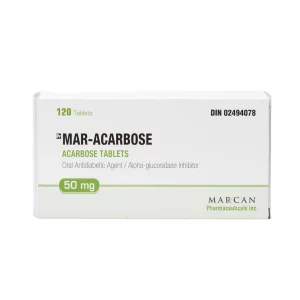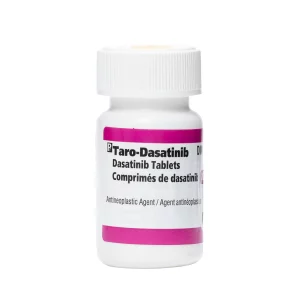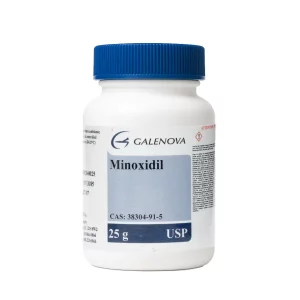Your cart is empty.
Your cart is empty.
Dasatinib is a cancer drug that’s now drawing attention for longevity and healthy aging. Originally developed to treat certain types of leukemia, researchers and biohackers alike are exploring Dasatinib anti-aging potential for its effects on cellular aging. It targets senescent cells, these are damaged cells that stop dividing but don’t die. Instead, they build up as we age and cause chronic inflammation, which can harm our tissues over time.
This article will explore how Dasatinib is being used, what the latest science says, how people are dosing it, and who is trying it for longevity. We’ll also cover considerations for those looking to purchase Dasatinib for anti-aging purposes. We’ll keep things simple and clear, so you understand the basics and the potential benefits.
Dasatinib was first created as a tyrosine kinase inhibitor, a type of drug that blocks signals cancer cells use to grow. It is mainly used for treating leukemia, a blood cancer. However, scientists discovered it also acts as a senolytic, a compound that helps remove senescent cells from the body.
Senescent cells are cells that have been damaged by age or stress and stopped dividing. Though they don’t grow anymore, these cells release harmful signals that cause inflammation and damage to nearby healthy cells. This process can speed up aging and increase the risk of age-related diseases.
By clearing out these senescent cells, senolytics like dasatinib may support healthier aging through Dasatinib anti-inflammatory benefits that reduce tissue damage. Dasatinib is one of the most studied senolytics, showing promising results in early research.
Senescent cells are like tired, broken parts in the body’s system. They don’t function properly and send out “danger signals” that trigger inflammation, sometimes called inflammaging because it grows worse as we age.
Dasatinib works by selectively killing some of these faulty cells while sparing healthy ones. This reduces the number of senescent cells, which in turn lowers chronic inflammation. Less inflammation may help tissues stay healthier and function better longer.
By cutting down these harmful cells, dasatinib may help slow some of the natural aging processes linked to tissue breakdown and organ decline.

Most of the current research on dasatinib and longevity comes from studies on mice and small human trials. In mice, dasatinib helped clear senescent cells and improved tissue function, leading to better heart health, stronger bones, and more mobility.
Human studies are smaller and still early-stage but have shown dasatinib combined with another natural compound, quercetin, can reduce markers linked to aging and inflammation.
While the evidence is promising, researchers emphasize that these findings are preliminary. More extensive trials are needed to fully understand dasatinib’s long-term impact on lifespan and healthy aging.
Some biohackers, meaning people who experiment with health and biology outside traditional medicine, have started using dasatinib off-label to try to slow aging. They often follow a “pulse dosing” approach, taking dasatinib for just 2 to 3 days each month.
This method is inspired by early studies suggesting that short, periodic dosing may be enough to reduce senescent cells without continuous treatment. Users report benefits like increased energy, better blood markers, and improved overall well-being.
Keep in mind that these protocols are experimental, and research is ongoing.

The most common dasatinib dosage for longevity in research and anecdotal use ranges from 5 mg to 10 mg per day, usually taken for 2 to 3 consecutive days per month. This is much lower than cancer treatment doses, which are typically higher and given daily over long periods.
Because dasatinib was not originally designed for anti-aging, it’s crucial to work with a knowledgeable healthcare provider familiar with functional and longevity medicine if considering its use.
Dasatinib is often combined with quercetin, a plant-based antioxidant found in fruits and vegetables. Quercetin also acts as a senolytic but targets different types of senescent cells than dasatinib.
Together, they form a powerful duo to clear more senescent cells throughout the body. This combination has gained popularity because it may provide a broader approach to reducing cellular aging.
People usually take quercetin alongside dasatinib during the same pulse dosing days.
Dasatinib holds promise as part of future anti-aging strategies due to its targeted action on senescent cells and potential to reduce chronic inflammation.
However, long-term safety data in healthy people is still limited. Researchers and longevity clinics remain excited but cautious, calling for more clinical trials before it becomes a standard anti-aging treatment.
Still, its success so far has sparked strong interest in the field of senolytic therapy.
It’s important to understand that dasatinib is a prescription drug meant for serious illnesses, not a supplement you can safely buy anywhere. Using it without medical supervision or from unreliable sources can be risky.
Anyone interested should consult professionals trained in healthspan and functional medicine who can guide safe and informed use.
It targets senescent cells that build up with age and may drive chronic inflammation and tissue damage.
Common protocols use 5 mg to 10 mg daily for 2 to 3 days each month, often combined with quercetin.
Its use in healthy people is still experimental and should only be done under medical supervision.
Most protocols follow a once-monthly “pulse” lasting a few days.
It may help reduce cellular aging markers, but long-term effects on aging and life span require more research.
To target a wider range of senescent cells, since each agent affects different types.


Acarbose blocks carbohydrate breakdown in the small intestine, preventing rapid glucose absorption spikes.

Dasatinib eliminates senescent cells through selective apoptosis, clearing age-damaged tissues from the body.

Metformin inhibits hepatic glucose production while enhancing insulin sensitivity, offering cost-effective Type 2 diabetes management.

Minoxidil dilates scalp blood vessels, increasing nutrient delivery to hair follicles while extending the anagen growth phase duration.
Unlock savings on bundles and elevate your online experience today!